A Connection to the Art of the Sasanians Is Demonstrated by the? Quizlet
This pocket-size temple is a rare surviving example from the Roman Democracy. It is both innovative and traditional.
Temple of Portunus (or Fortuna Virilis), c. 75 B.C.E. (Roman Republic), tufa, travertine, physical (Forum Boarium, Rome)
The Temple of Portunus is a well preserved tardily second or early starting time century B.C.East. rectangular temple in Rome, Italy. Its dedication to the God Portunus—a divinity associated with livestock, keys, and harbors—is plumbing fixtures given the building's topographical position nearly the ancient river harbor of the city of Rome.

Temple of Portunus (formerly known as Fortuna Virilis), travertine, tufa, and stucco, c. 120-80 B.C.East., Rome
The metropolis of Rome during its Republican phase was characterized, in part, past monumental architectural dedications made by leading, elite citizens, often in connection with key political or military accomplishments. Temples were a peculiarly popular choice in this category given their visibility and their utility for public events both sacred and secular.

Temple of Portunus (formerly known as Fortuna Virilis), travertine, tufa, and stucco, c. 120-80 B.C.E., Rome
The Temple of Portunus is located next to a circular temple of the Corinthian social club, at present attributed to Herakles Victor. The assignation of the Temple of Portunus has been debated by scholars, with some referring to the temple as belonging to Fortuna Virilis (an aspect of the God Fortuna). This is at present a minority view. The festival in honor of Portunus (the Portunalia) was historic on 17 Baronial.
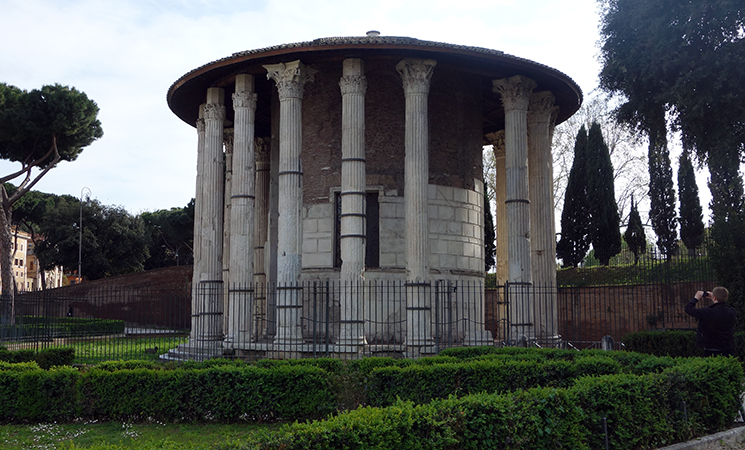
Temple attributed to Herakles Victor, Forum Boarium, Rome, late 2nd century B.C.E.
The Temple's plan and construction
The temple has a rectangular footprint, measuring roughly x.v 10 xix meters (36 ten 62 Roman feet). Its program may be referred to as pseudoperipteral, instead of a having a gratis-continuing colonnade, or row of columns, on all four sides, the temple instead simply has free-continuing columns on its facade with engaged columns on its flanks and rear.

Program, Temple of Portunus (Rome, c. 120-80 B.C.E.)
The pronoas (porch) of the temple supports an Ionic colonnade measuring 4 columns across by 2 columns deep, with the columns carved from travertine. The Ionic order can be nigh easily seen in the scroll-shaped capitals.There are five engaged columns on each side, and four across the back.
Overall the edifice has a composite structure, with both travertine and tufa being used for the superstructure (tufa is a type of stone consisting of consolidated volcanic ash, and travertine is a class of limestone). A stucco coating would have been applied to the tufa, giving it an appearance closer to that of the travertine.

Engaged columns, Temple of Portunus (formerly known as Fortuna Virilis), travertine, tufa, and stucco, c. 120-80 B.C.E., Rome
The temple'south pattern incorporates elements from several architectural traditions. From the Italic tradition it takes its high podium (1 ascends stairs to enter the pronaos), and strong frontality. From Hellenistic architecture comes the Ionic order columns, the engaged pilasters and columns. The use of permanent building materials, rock (as opposed to the Italic custom of superstructures in wood, terra cotta, and mudbrick), as well reflects changing practices. The temple itself represents the changing realities and shifting cultural landscape of the Mediterranean earth at the close of the kickoff millennium B.C.E.
The temple of Portunus resides on the Forum Boarium, a public infinite that was the site of the primary harbor of Rome. While the temple of Portunus is a fleck smaller than other temples in the Forum Boarium and the adjacent Forum Holitorium, it fits into a general typology of Late Republican temple building.

Temple of the Sibyl, Tivoli, c. 150-125 B.C.E. (photograph: LPLT)
The temple of Portunus finds perhaps its closest gimmicky parallel in the Temple of the Sibyl at Tibur (modern Tivoli) which dates c. 150-125 B.C.E. The temple type embodied by the Temple of Portunus may too be found in Iulio-Claudian temple buildings such every bit the Maison Carrée at Nîmes in southern French republic.
Preservation and current state

Andrea Palladio, Temple of Fortuna Virilis, engraving from The Four Books of Compages, London, Isaac Ware, 1738
The Temple of Portunus is plainly in an splendid land of preservation. In 872 C.E. the ancient temple was re-dedicated equally a Christian shrine sacred to Santa Maria Egyziaca (Saint Mary of Egypt), leading to the preservation of the structure. The architecture has inspired many artists and architects over the centuries, including Andrea Palladio who studied the construction in the sixteenth century.
Neo-Classical architects were inspired by the class of the Temple of Portunus and information technology led to the construction of the Temple of Harmony, a folly in Somerset, England, dating to 1767 (beneath).
The Temple of Portunus is important not only for its well preserved architecture and the inspiration that compages has fostered, merely as well as a reminder of what the congenital mural of Rome was once similar – dotted with temples big and pocket-sized that became foci of a great deal of activity in the life of the metropolis. Those temples that survive are reminders of that vibrancy as well as of the architectural traditions of the Romans themselves.

The Temple of Harmony, 1767, Halswell House, Somserset, England
Backstory
The Temple of Portunus was put on the Earth Monuments Sentinel list in 2006. Overseen by the Globe Monuments Fund, this listing highlights "cultural heritage sites around the world that are at risk from the forces of nature or the impact of social, political, and economical alter," providing them with "an opportunity to attract visibility, raise public awareness, foster local engagement in their protection, leverage new resources for conservation, advance innovation, and demonstrate constructive solutions."
Together with the Soprintendenza Archeologica di Roma and grants from private funders, the Earth Monuments Fund sponsored a restoration of the Temple of Portunus beginning in 2000. The temple had been partially restored and conservation measures put in place in the 1920s, merely the activities undertaken in the last two decades utilized the latest technologies to complete a full restoration of the interior and exterior of the building. This included the cleaning and conservation of the frescoes, replacement of the roof (incorporating aboriginal roof tiles), anti-seismic measures, and the cleaning and restoration of the pediment, columns, and exterior walls. The newly-restored temple opened to the public in 2014.
The Temple of Portunus is ane of the best-preserved examples of Roman Republican architecture, and efforts like those of the World Monuments Fund are ensuring that information technology continues to survive intact.
Backstory past Dr. Naraelle Hohensee
Boosted resources:
World Monuments Fund: Temple of Portunus
F. Coarelli, Il Foro Boario dalle origini alla fine della repubblica (Rome: Ed. Quasar, 1988).
R. Delbrueck, Hellenistische bauten in Latium (Strassburg, Thou.J. Trübner, 1907-12).
E. Fiechter, "Der Ionische Tempel am Ponte Rotto in Rom," Mitteilungen des Deutschen Archaeologischen Instituts, Römische Abteilung 21 (1906), pp. 220-79.
J. W. Stamper, The Architecture of Roman Temples: The Democracy to the Centre Empire (Cambridge: Cambridge University Press, 2008).
A. Ziółkowski, The temples of Mid-Republican Rome and their historical and topographical context (Rome: "Fifty'Erma" di Bretschneider, 1992).
Temple of Portunus, Soprintendenza Speciale per il Colosseo, il Museo Nazionale Romano e l'Expanse Archeologica di Roma
Video with photos of the restoration from the World Monuments Fund
Smarthistory images for didactics and learning:

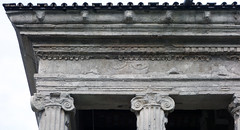


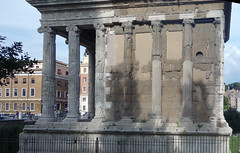


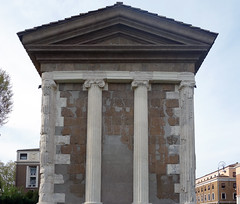

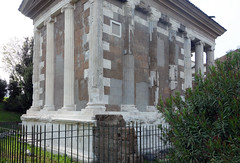
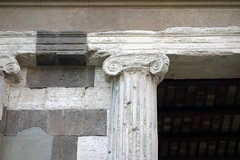
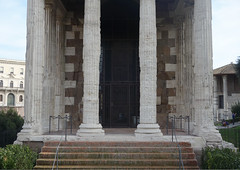
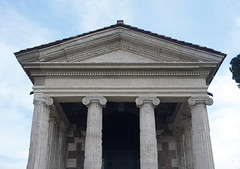

More than Smarthistory images…
Source: https://smarthistory.org/temple-of-portunus/
0 Response to "A Connection to the Art of the Sasanians Is Demonstrated by the? Quizlet"
Post a Comment